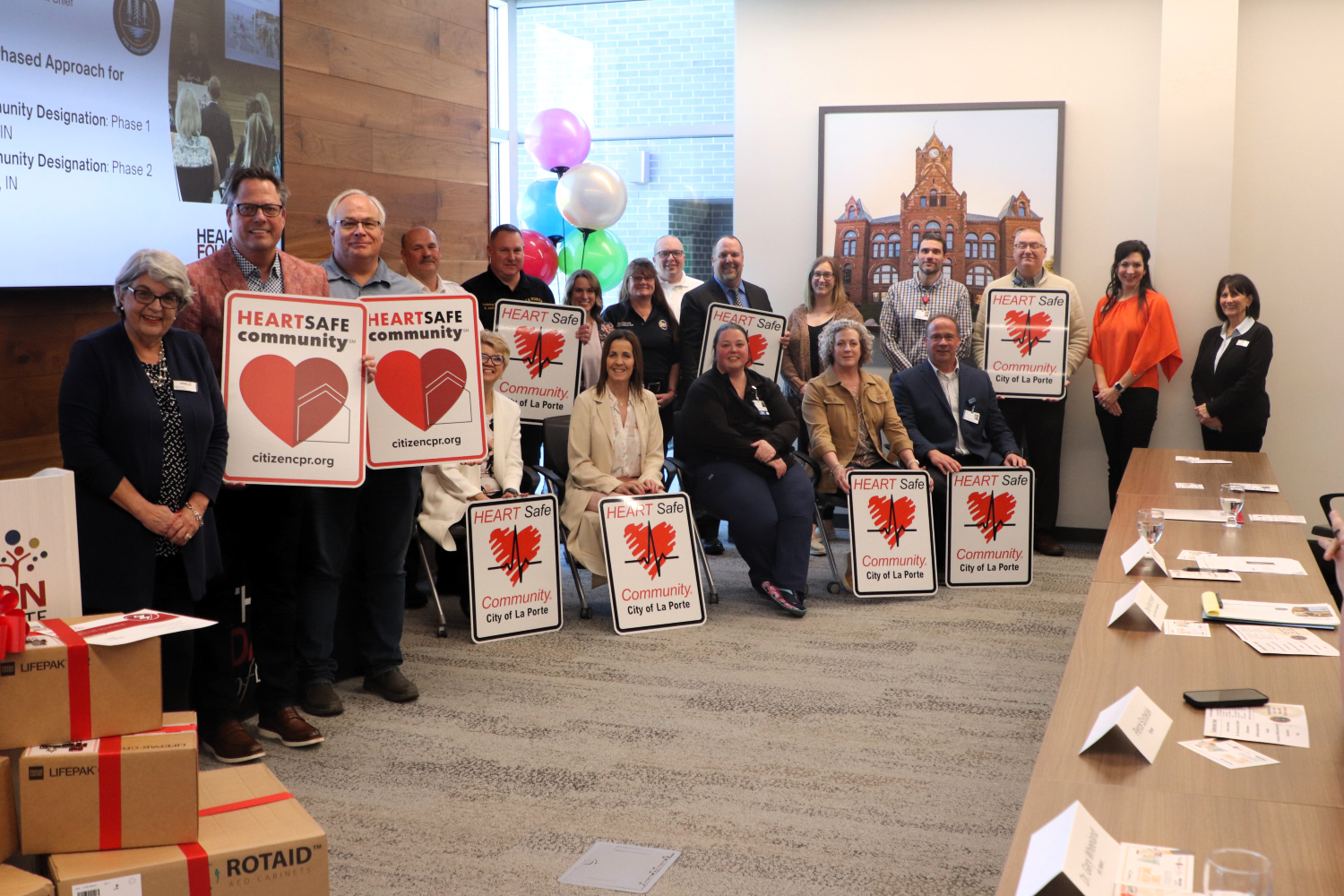The following scientific update appears in Currents courtesy of author Katie N. Dainty, PhD, MSc.
For a long time, our entire focus around bystander CPR has been about training people to have the hard skills required to do CPR. While training is an important component of how we will increase survival from sudden cardiac arrest, we have largely ignored the psychology of bystanderism and the impact that our call to action has on responders. A recent scientific statement from the American Heart Association titled “Understanding the Importance of the Lay Responder Experience in Out-of-Hospital Cardiac Arrest” does an excellent job of reviewing this issue for the first time and makes recommendations about how we incorporate existing research into our practices.
For trained or untrained individuals, performing CPR on a real person is a challenging prospect for anyone exposed to an intense emergency situation. Understanding the ground-level barriers and facilitators to performing CPR may help direct training to improve lay response on a population level.1,2 Studies have shown that the barriers faced by lay responders when confronted with an OHCA are not insignificant and include low self-efficacy, panic, fear of infection or doing the wrong thing, and fear of litigation.3,4,5-8. Those that have responded have shared that while some were driven by a sense of duty to help and felt empowered by saving a life, most struggle with physical and emotional challenges, sleep disturbance, questioning their actions and an overwhelming feeling that their training did not properly prepare them for the real situation.
Early bystander CPR can double a victim’s chance of survival; it is a crucial intervention in our armament against the overwhelming mortality of sudden cardiac arrest. But as such, it behooves us to fully understand how to harness its power and impact. We must turn our attention to understanding how the lived experience of lay responders can help evolve our approaches to communicating about, training for and encouraging bystander CPR and protecting the mental health of those who witness an out-of-hospital cardiac arrest.1 Moving knowledge-to-action is the future of the resuscitation movement.
REFERENCES
- Dainty KN, Colquitt B, Bhanji F, Hunt EA, Jefkins T, Leary M, Ornato JP, Swor RA, Panchal A. Understanding the Importance of the Lay Responder Experience in Out-of-Hospital Cardiac Arrest: A Scientific Statement from the American Heart Association. Circulation. 2022 Apr 26;145(17): e852-e867.
- Vaillancourt C, Stiell IG, Wells GA. Understanding and improving low bystander CPR rates: a systematic review of the literature. CJEM. 2008;10:51–65. doi: 10.1017/s1481803500010010
- Sasson C, Haukoos JS, Bond C, Rabe M, Colbert SH, King R, Sayre M, Heisler M. Barriers and facilitators to learning and performing cardiopulmonary resuscitation in neighborhoods with low bystander cardiopulmonary resuscitation prevalence and high rates of cardiac arrest in Columbus, OH. Circ Cardiovasc Qual Outcomes. 2013;6:550–558.4.45
- Dobbie F, MacKintosh AM, Clegg G, Stirzaker R, Bauld L. Attitudes towards bystander cardiopulmonary resuscitation: results from a crosssectional general population survey. PLoS One. 2018;13:e0193391.
- Johnston TC, Clark MJ, Dingle GA, FitzGerald G. Factors influencing Queenslanders’ willingness to perform bystander cardiopulmonary resuscitation. Resuscitation. 2003;56:67–75.
- Coons SJ, Guy MC. Performing bystander CPR for sudden cardiac arrest: behavioral intentions among the general adult population in Arizona. Resuscitation. 2009;80:334–340.
- Riegel B, Mosesso VN, Birnbaum A, Bosken L, Evans LM, Feeny D, Holohan J, Jones CD, Peberdy MA, Powell J; PAD Investigators. Stress reactions and perceived difficulties of lay responders to a medical emergency. Resuscitation. 2006;70:98–106.
- Kanstad BK, Nilsen SA, Fredriksen K. CPR knowledge and attitude to performing bystander CPR among secondary school students in Norway. Resuscitation. 2011;82:1053–1059.



